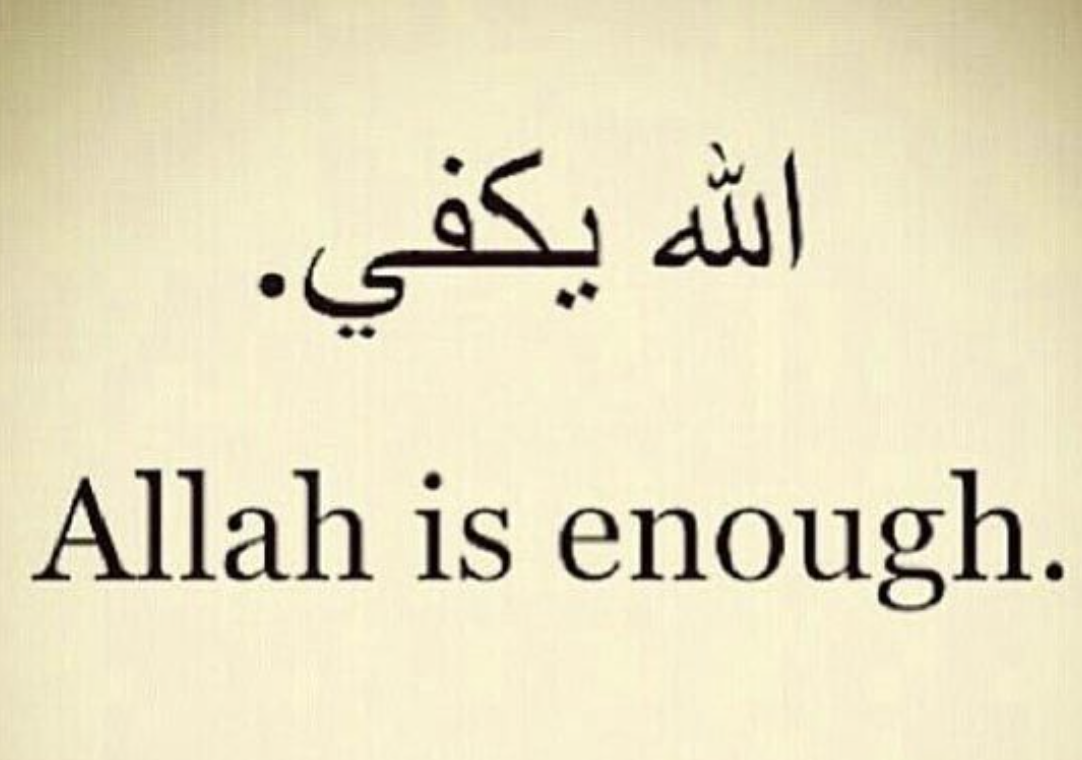There are few religion-beat rabbit holes deeper and more twisted than the world of alternative and splinter Catholic churches and the bishops and priests who lead them.
Be careful out there, folks. Long ago, I spent days chasing the “apostolic succession” claims of a U.S. Postal Service carrier in a Denver suburb who was a mail-order archbishop in one of the hundreds of “Old Catholic” flocks linked to various schisms after Vatican I or II. Some alternative Catholic of these flocks are conservative and some are liberal. Some have actual parishes. To tip your toe into these troubled waters, click here.
Religion-beat professionals are aware that not all people — men and women — who say they are Catholic priests are actually Roman Catholic priests. As Mollie “GetReligionista emerita” Hemingway said more than a decade ago, just because someone says that he or she plays shortstop for the New York Yankees doesn’t mean that this claim is true. Someone in the House of Steinbrenner gets to make that call.
I say this because of the small, but educational, waves of social-media chatter the other day about the testimony of Father Gabriel Lavery at an Ohio legislature hearing linked to a bill that would prohibit vaccine mandates.
Eyebrows were raised when Lavery, during a discussion of the current pope’s support for COVID-19 vaccines, said that he doesn’t recognize Pope Francis as pope because “you have to be a Catholic to be the pope.”
There’s a sound bite for you. As scribes at The Pillar noted:
In another clip, the priest said of Francis that “there are many clergy, bishops around the world who have simply have looked at the obvious, that his teachings on many things contradict Catholic teaching, and it’s a simple basic principle of Catholic theology — you can’t be the head of the Church if you don’t profess the Catholic faith.”
The priest’s remarks have attracted attention, and have been covered in some press reports with little mention of his ecclesiastical status. In some accounts, he has been identified as a parish pastor.
As I noted earlier, religion-beat professionals know to ask questions about clergy folks of this kind — who play essential roles, for example, in the history of ordination claims in the the Womenpriests, WomenPriests or Women Priests movement. General-assignment reporters covering these events often quote what the activists are saying about their credentials and that is that.










